Hostas in Southern CA
2 years ago
Featured Answer
Sort by:Oldest
Comments (9)
- 2 years ago
- 2 years ago
Related Professionals
Chattanooga Landscape Architects & Landscape Designers · Marina Landscape Architects & Landscape Designers · South Portland Landscape Contractors · Los Alamitos Swimming Pool Builders · Artesia Window Contractors · Williamsburg Landscape Contractors · Concord Landscape Contractors · Setauket-East Setauket Landscape Contractors · West Orange Landscape Contractors · Phoenix Solar Energy Systems · Lakeville Solar Energy Systems · Gurnee Landscape Contractors · San Diego Siding & Exteriors · San Diego Siding & Exteriors · Parsippany Carpenters- 2 years ago
- 2 years ago
- 2 years ago
- 2 years ago
- last year
- last year
Related Stories

INSPIRING GARDENSNative Plants Bring 10 Southern California Front-Yard Gardens to Life
Rare plants, rain gardens and wildlife habitats are just a few of the features showcased on the 2016 Theodore Payne Native Plant Garden Tour
Full Story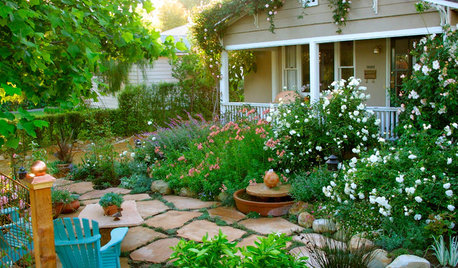
GARDENING GUIDESSouthern California Gardener's October Checklist
Get planting happy this month — so many natives, bulbs, cool-season flowers and vegetable crops to choose from, so little time ...
Full Story
HOUZZ TOURSHouzz Tour: Old-World Style in Southern California
Architectural salvage and modern comforts create a relaxing home for a busy TV director
Full Story
FLOWERS AND PLANTSShade-Loving Hostas Shine in the Garden
With thousands of hostas to choose from, you’re sure to find the perfect plant for your garden
Full Story
HOUZZ TOURSMy Houzz: French Country Meets Southern Farmhouse Style in Georgia
Industrious DIYers use antique furniture, collections and warm colors to cozy up their traditional home
Full Story
SMALL HOMESHouzz Tour: Small Coastal Bungalow for a Southern California Family
A designer creates a charming, modern space for her family with custom-made pieces
Full Story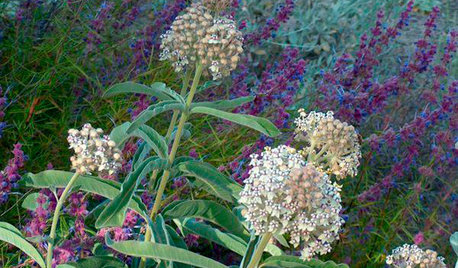
GARDENING GUIDES10 Top Native Plants for Southern California Gardens
Enjoy a fuss-free, water-wise garden by growing plants naturally in tune with the climate and wildlife of Southern California
Full Story
LANDSCAPE DESIGNInside Houzz: Soft Geometry in a Modern Wisconsin Garden
In a city known for harsh winters, homeowners enjoy outdoor living inspired by Southern California
Full Story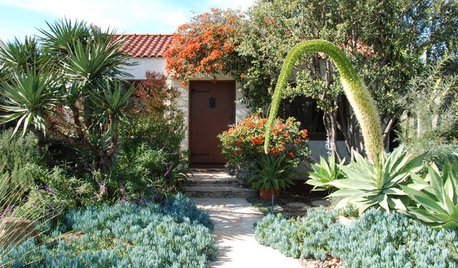
MY HOUZZMy Houzz: Early-California Style for a 1920s Home and Garden
Native plantings and flea market treasures fill the cozy live-work space of a Southern California landscape designer
Full Story
COASTAL STYLECasual Coastal Style Done 6 Ways
Give your beachy style a British accent, a Southern twang or a crisp New England tone — whatever coastal style speaks to you, this can help
Full Story


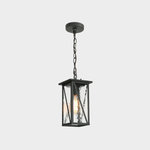


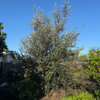

Erika Orange County, CAOriginal Author